When it comes to bakeware, stainless steel and non-stick materials both have their advantages, depending on the types of recipes you’re preparing and your baking preferences. Here’s a deep dive into the benefits, potential drawbacks, and best use cases for each, helping you make the right choice for your baking needs.
Table of Contents
Heat Distribution and Retention
- Stainless Steel:
- Known for its durability and excellent heat retention, stainless steel bakeware tends to be thicker and can handle high temperatures without warping.
- It may require a bit more time to heat up, but once it does, it maintains temperature well, which is ideal for consistent baking results.
- However, stainless steel doesn’t distribute heat as evenly as some other metals, which can lead to hot spots if not properly monitored.
- Non-Stick:
- Non-stick bakeware, especially if made from materials like cold-roll carbon steel, heats up quickly and distributes heat evenly. This is advantageous for achieving consistent browning without the risk of overcooking or burning.
- High-quality non-stick bakeware (such as the Meyer Bakemaster range) is specifically designed to avoid hot spots and retain a steady, even heat for ideal results in most baked goods.
- Verdict: If you need consistent browning for cookies or cakes, non-stick bakeware tends to be more forgiving due to its even heat distribution. Stainless steel is better suited for high-heat recipes like roasting or browning meats.
Ease of Use
- Stainless Steel:
- Stainless steel bakeware can be more challenging for beginners due to its natural tendency for food to stick. For items like cookies or cakes, you may need to grease the pan or use parchment paper to prevent sticking.
- For experienced bakers, stainless steel offers versatility, as it can be used for a wide range of recipes and is often oven-safe at very high temperatures.
- Non-Stick:
- Non-stick bakeware provides a user-friendly experience, especially for beginners. The smooth coating allows baked goods to slide right out without leaving crumbs or residue.
- This ease of use is particularly helpful for delicate desserts like cakes, muffins, or baked goods that can easily break apart when stuck to the pan.
- Verdict: Non-stick bakeware is ideal for beginners or those looking for hassle-free baking. Stainless steel bakeware requires a bit more experience or preparation (greasing, flouring), but offers flexibility and durability in return.
Durability and Maintenance
- Stainless Steel:
- Incredibly durable and resistant to scratches, stainless steel can withstand metal utensils, dishwashers, and even abrasive scrubbing without showing signs of wear.
- It won’t corrode or rust easily, and it’s less prone to chipping or flaking, making it a long-lasting investment.
- However, stainless steel is heavier than non-stick bakeware, so it may not be as easy to handle, especially when filled with heavy ingredients.
- Non-Stick:
- Non-stick bakeware requires careful handling to preserve its coating. Metal utensils or abrasive scrubbers can scratch or damage the non-stick surface, which could shorten its lifespan.
- Many non-stick pans are dishwasher-safe, but hand washing is recommended to prevent wear on the coating. Additionally, some non-stick coatings may deteriorate at very high temperatures, so they should not be used for broiling or roasting.
- The Meyer Bakemaster non-stick bakeware, however, is crafted for durability, featuring a high-quality coating and honeycomb pattern base for better browning and food release.
- Verdict: Stainless steel wins in terms of durability and resilience to rough handling, while non-stick bakeware requires more gentle care but rewards you with an easy-release surface and a lower likelihood of baked goods sticking.
Versatility and Range of Recipes
- Stainless Steel:
- Stainless steel bakeware is versatile and can handle both baking and roasting, as it holds up well at high temperatures. It’s ideal for savory dishes such as roasted meats, vegetables, and casseroles.
- However, it may not perform as well for delicate baked goods, as food is more likely to stick without added preparation (such as greasing or flouring the pan).
- Non-Stick:
- Non-stick bakeware is specifically designed for baked goods and desserts that require a smooth release. It’s particularly suited for cakes, muffins, brownies, and other treats that benefit from a quick, clean release.
- While non-stick bakeware can be used for some savory dishes, it’s not recommended for high-heat broiling or grilling, as excessive heat can damage the coating over time.
- Verdict: Non-stick bakeware is best for classic baking projects like cookies, muffins, and cakes, while stainless steel is ideal for more versatile kitchen use, including both sweet and savory recipes at higher temperatures.
Health and Safety
- Stainless Steel:
- Stainless steel is generally considered one of the safest materials in cookware and bakeware. It’s non-reactive, meaning it won’t leach into food or interact with acidic ingredients.
- It’s also free from coatings, so there’s no concern about chipping or flaking.
- Non-Stick:
- Non-stick coatings are safe for baking as long as they are used at recommended temperatures (usually below 500°F). High-quality non-stick bakeware, like the Meyer Bakemaster range, is PFOA-free and designed to withstand regular baking temperatures.
- For non-stick bakeware, it’s important to avoid high-heat cooking (such as broiling) and to refrain from using metal utensils that could scratch the coating and reduce its longevity.
- Verdict: Both options are safe for general baking purposes. Stainless steel is naturally non-reactive and highly durable, while modern non-stick coatings are designed for safe baking within normal temperature ranges.
Cost
- Stainless Steel:
- Stainless steel bakeware can be more expensive upfront due to its durability and versatility. It’s often considered an investment, as quality stainless steel bakeware can last for decades if well cared for.
- Non-Stick:
- Non-stick bakeware is generally more affordable, though prices vary depending on the brand and quality of the non-stick coating. High-quality non-stick bakeware, like the Meyer Bakemaster line, may have a higher initial cost but provides significant convenience and performance.
- Verdict: Stainless steel may cost more initially but offers long-term durability, while non-stick bakeware provides convenience at a more accessible price, though it may need replacement sooner than stainless steel if frequently used or mishandled.
Final Verdict: Which is Better?
Choosing between stainless steel and non-stick bakeware largely depends on your baking needs, preferences, and level of experience. Here’s a quick summary to help guide your decision:
- Choose Non-Stick Bakeware If You Want:
- Effortless release for cakes, cookies, muffins, and other baked goods
- An easy-to-use, beginner-friendly option with minimal cleanup
- Convenience and consistent results, particularly for recipes requiring a delicate touch (e.g., cakes, muffins)
- Choose Stainless Steel Bakeware If You Want:
- Durability that withstands high temperatures and frequent use
- Versatility for both baking and roasting savory dishes
- A long-term investment with resilience to rough handling
In an ideal kitchen, both types of bakeware have a place. Non-stick bakeware like the Meyer Bakemaster range offers benefits for beginner and intermediate bakers alike, with its even heat distribution, easy release, and high-quality carbon steel construction. Stainless steel bakeware is best for serious bakers and cooks who want long-lasting tools for a variety of dishes. Together, they can help you tackle everything from delicate desserts to hearty roasts, making your baking experience both enjoyable and efficient.

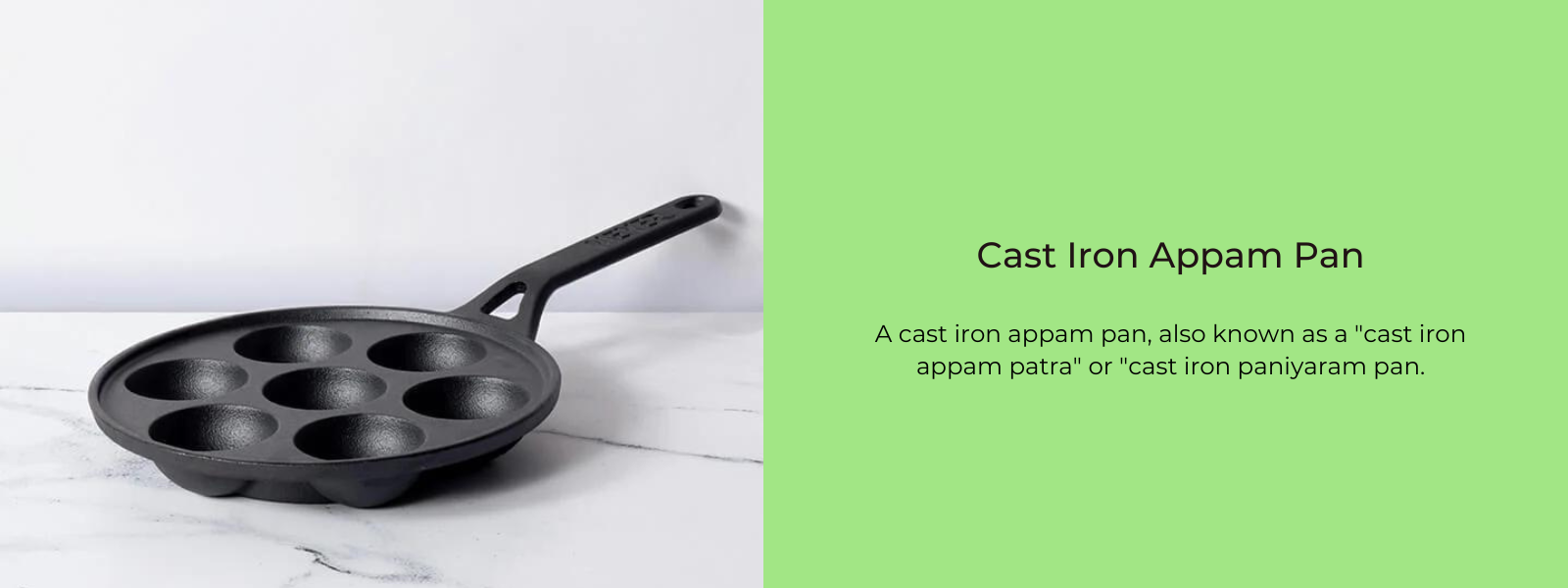

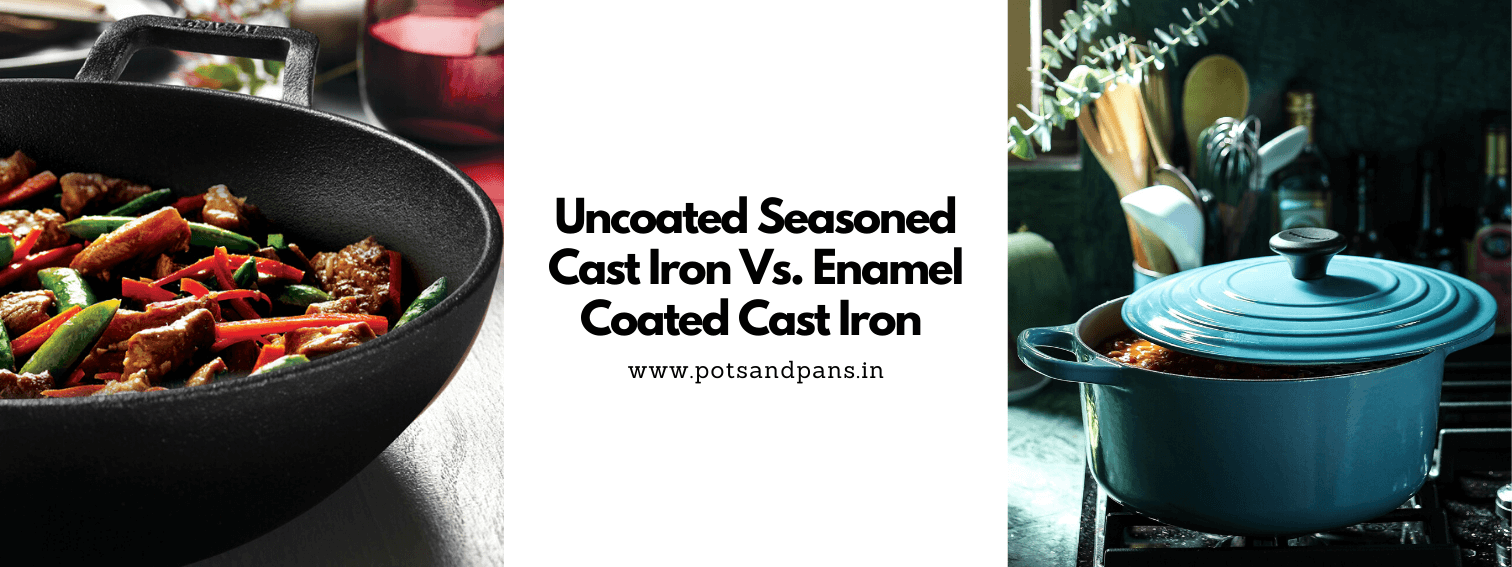


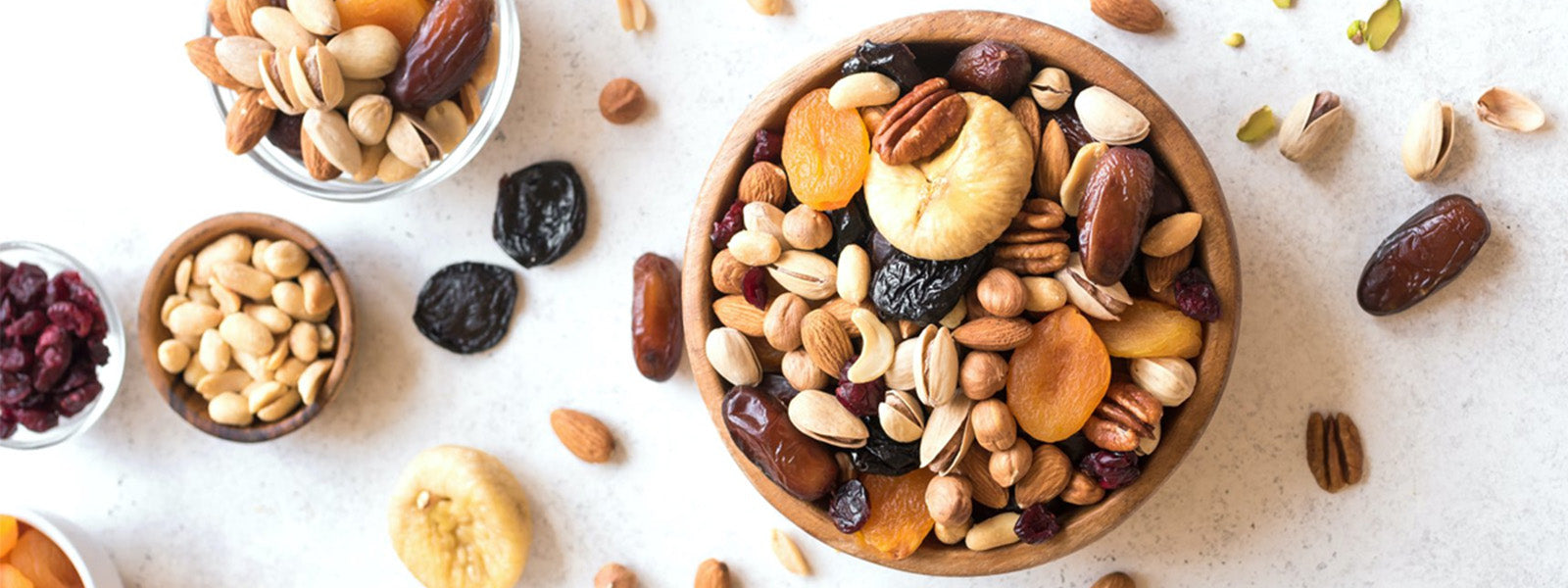
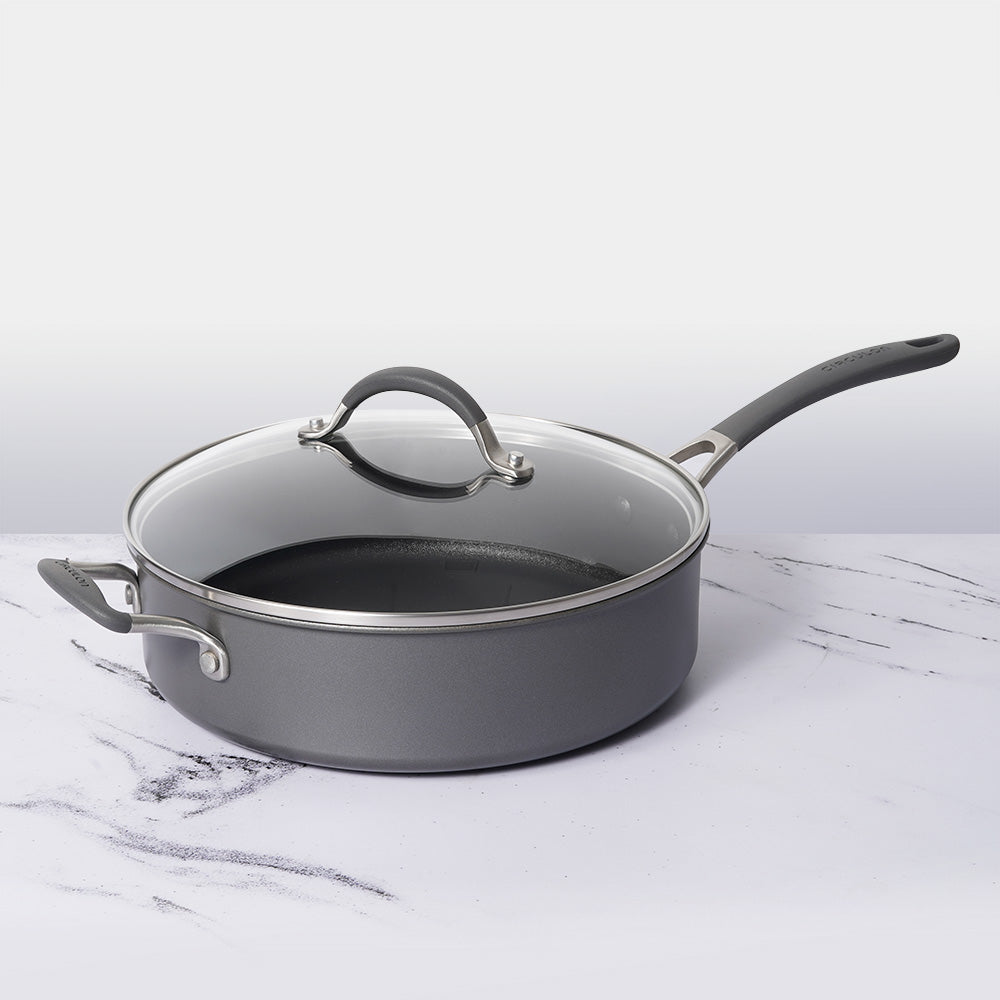
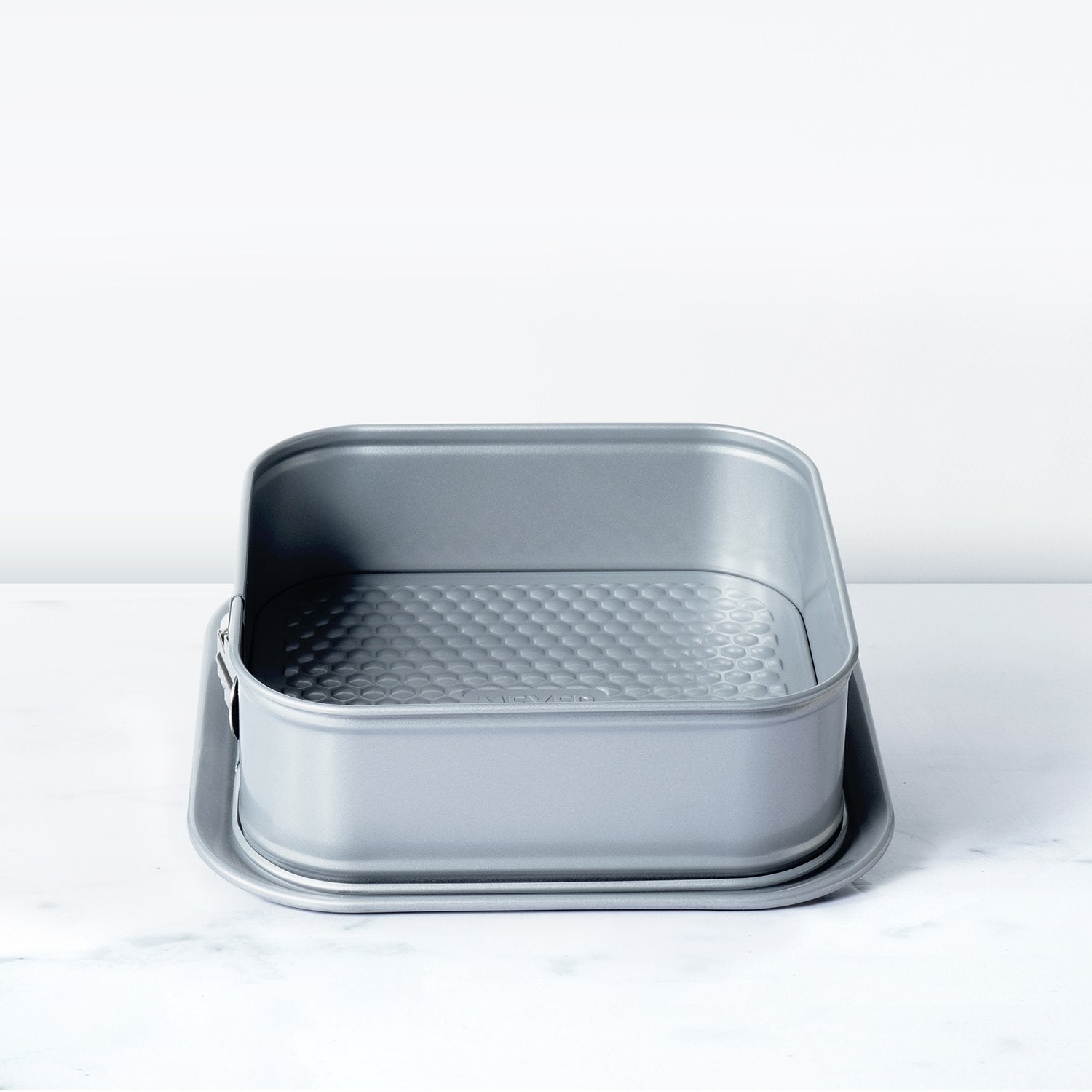




Leave a comment